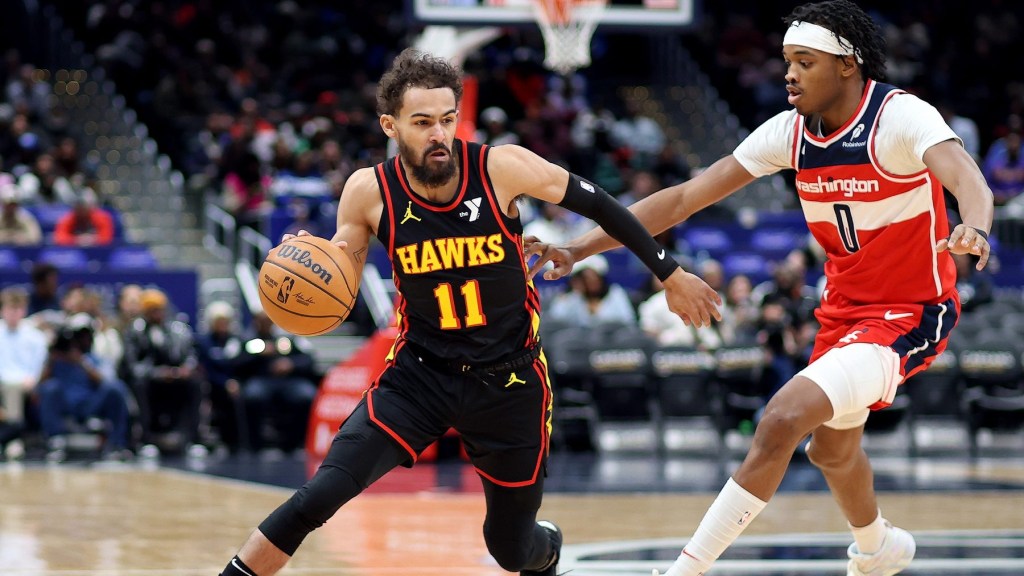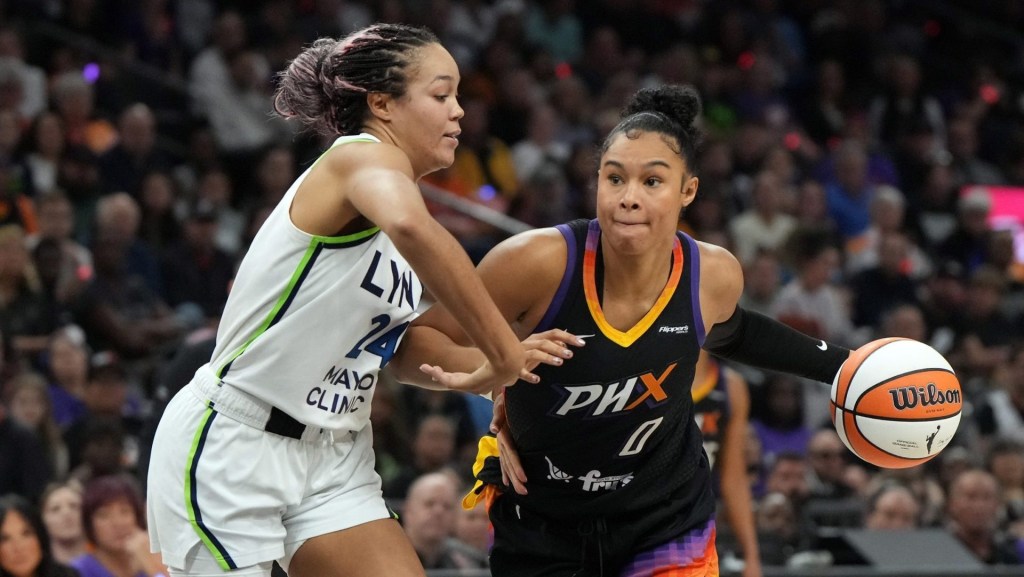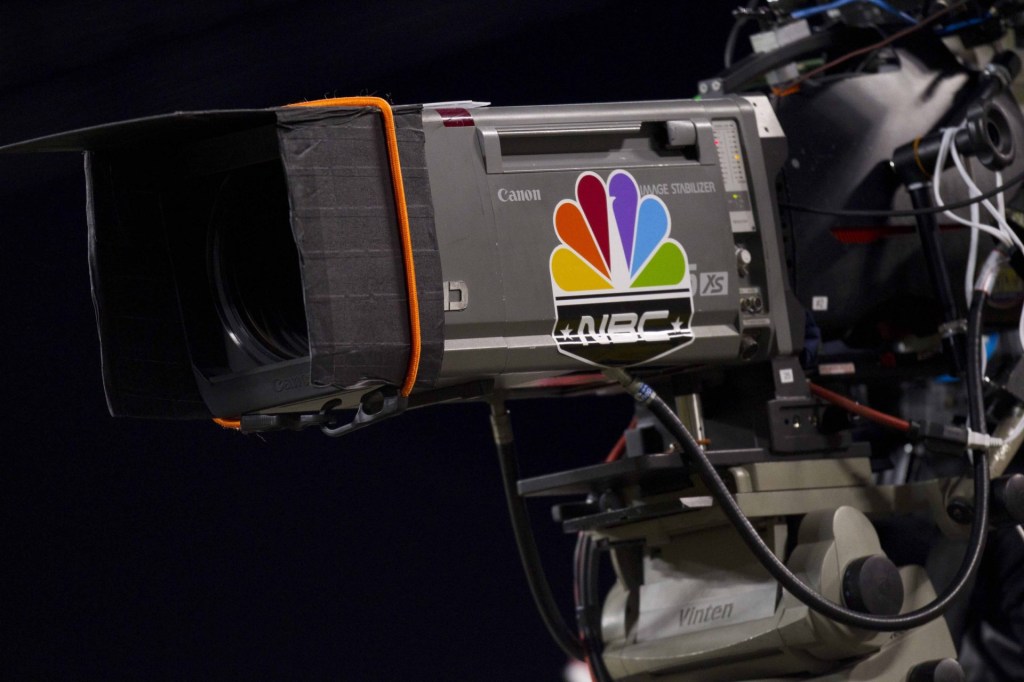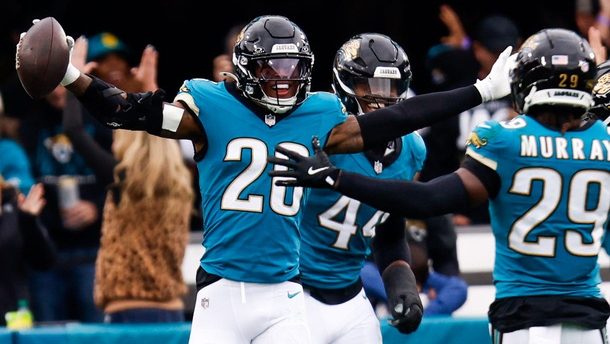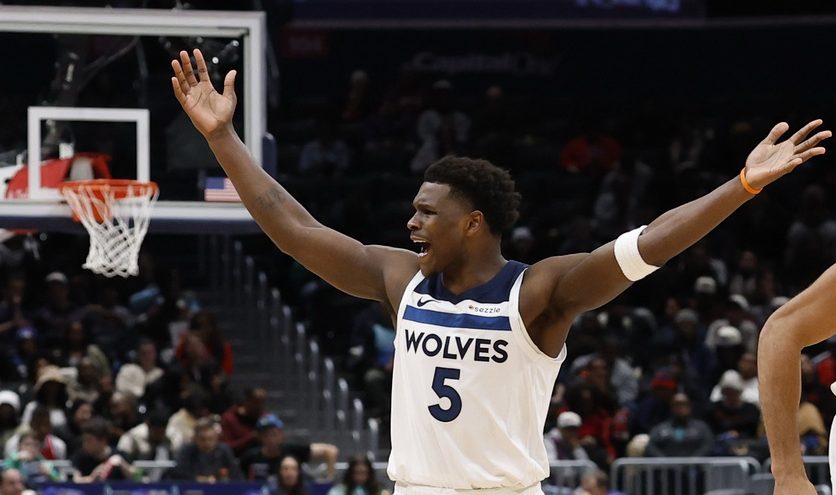In 2023, the specter of talent cutbacks impacted sports media companies ranging from print and digital outlets such as The New York Times, The Athletic, and Sports Illustrated to linear and digital networks such as ESPN, NFL Network, and Barstool Sports.
The low point? Perhaps it was when the venerable Times eliminated its entire sports department (moving those staffers elsewhere, mostly) in favor of coverage from The Athletic, the website it bought for $550 million in 2022. The Times’ doomed sports desk members had smelled trouble and sent a letter to management asking why the sports staff had been left “twisting in the wind” for 18 months after its Athletic acquisition.
In the aftermath, reporter Juliet Macur told NPR: “Many of us have dreamed our whole lives to work for The New York Times sports section. And to see it just disappear in a matter of minutes, it’s heartbreaking. And my colleagues are sad—and feel betrayed and angry.” (The kicker: Before taking over the Times’ sports coverage, The Athletic had ordered its own cutbacks, shedding 20 journalists, roughly 4% of its newsroom. “Here is my last byline at The Athletic. … I had to buy a subscription to read it,” laid-off baseball writer Zach Buchanan posted on X.)
The media industry shed 20,324 jobs in the first 11 months of 2023, according to the employment firm Challenger, Grey and Christmas. That’s the highest number since 2020, when 30,211 cuts were made through November of that year.
For newspapers and digital entities, the biggest challenge that led to this reckoning came from a weakening advertising environment. Among those affected: Barstool Sports, where founder Dave Portnoy regained control of his company from PENN Entertainment in August and laid off 25% of his staff, or around 100 employees, according to the New York Post. “We have to get back to a break-even thing,” Portnoy said on Barstool Radio. “We’re losing a lot and it sucks.”
For sports cable TV networks, the existential threat came in the form of cord-cutting and cord-shaving. Despite the NFL’s overall success, the league-owned NFL Network laid off multiple employees in May. “Due to economic and industry-wide shifts, we have had to evaluate the best way to allocate our resources,” an NFL Network spokesman told ProFootballTalk.
The number of pay-TV consumers dropping their cable subs in favor of streaming continues to accelerate. With the traditional cable bundle crumbling, ESPN’s distribution fell to 72 million homes this year from a broadcast TV-like 100 million in 2012. And while its subscriber count fell, ESPN has been forced to pay more for both rights fees (such as $2.7 billion a year for the NFL through 2033) and talent ($165 million over five years for Troy Aikman and Joe Buck of Monday Night Football.)
To make matters worse, ESPN had to comply with Walt Disney Co. chairman Bob Iger’s directive to slash 7,000 jobs and $5.5 billion in costs worldwide. The result? ESPN was forced to engage in a series of slow-motion layoffs over a period of months that sapped morale and left its remaining 5,000 employees looking over their shoulders.
The first pink slips claimed respected off-camera executives such as communications guru Mike Soltys, award-winning Last Dance producer John Dahl, and ESPN+ general manager Russell Wolff. Meanwhile, the network’s more highly paid on-air TV/radio talents could only wait and wonder if they’d be included in ESPN’s fifth wave of layoffs over the past decade. The answer came early on June 30.
At 9 a.m. ET, the phone calls and emails went out to TV and radio talent and digital reporters. Within hours, big names, including Jeff Van Gundy, Keyshawn Johnson, Steve Young, Suzy Kolber, Max Kellerman, and Jalen Rose, learned they were among the cuts. Others, such as Mark Jackson, Vince Carter, Neil Everett, Andre Ward, Doug Kezirian, and Chris Chelios, were informed their contracts would not be renewed.
“Today I join the many hard-working colleagues who have been laid off,” Kolber wrote on X. “Heartbreaking—but 27 years at ESPN was a good run.”
For decades, it was believed that ESPN was Disney’s cash cow, generating more cash and profits from its dual-revenue stream of subscriber fees and advertising than the Mouse House’s entertainment and theme park operations combined. And for decades, Disney wisely hid ESPN’s financials from sports leagues and college conferences that presumably would have demanded higher rights fees if they’d known the extent of the network’s riches.
That changed this year when Iger decided to seek investors and strategic partners for ESPN and when he subsequently lifted the hood to give investors a peek at the financials. While ESPN was crying poverty to employees in recent years, it turned out the company was generating billions in profits for parent Disney.
During Disney’s fiscal fourth quarter, ESPN’s operating income surged 16% to $987 million, off $3.5 billion in revenue. In a previous SEC filing, Disney revealed that Bristol delivered $2.9 billion in profits from $16 billion in revenue to Burbank’s coffers in fiscal 2022. The Hollywood Reporter noted that ESPN generated more profits in 2022 than Disney’s entire entertainment business.
Some ex-ESPNers resent the billions in profits shipped from Bristol to Burbank over the years. Others believe they lost their jobs due to mistakes made by Disney 3,000 miles away.
“A lot of employees are asking, ‘What the f—?’” one ex-ESPNer told Front Office Sports. “We were told internally, don’t travel, no Christmas parties, and layoff, layoff, layoff. Then you see the numbers … and you learn we earned $3 billion?”
The outlook for journalism itself isn’t so rosy, either. Between the diminishing resources allocated for local reporting, the threat of AI, and an unreliable advertising market, don’t bet on a soft landing in 2024.


